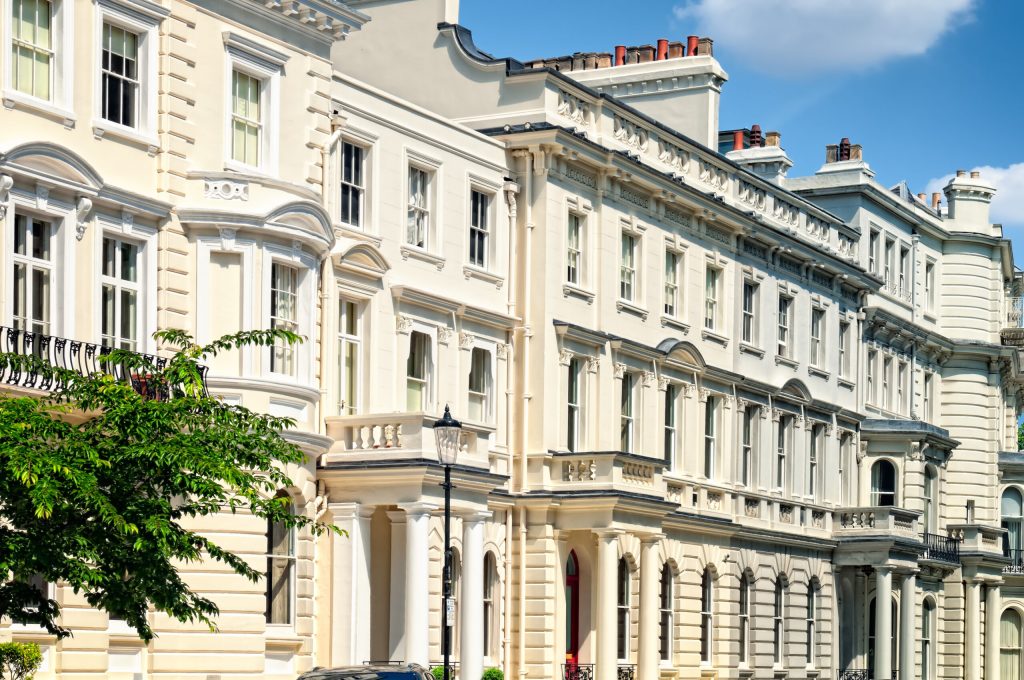We love the range of properties in the West End and on World Architecture Day we look at some of the architectural styles which are common in the area.
Art Deco:
One of the most famous architectural styles, Art Deco first became popular in the early 20th Century reaching a zenith in the late 1920s following a decline later in the century as a result of the Great Depression. Art deco building are defined by new materials such as stainless steel, plastic, and chrome plating with inspiration taken from a variety of classical and modern sources including Ancient Greek and Roman architecture as well as modernist cubist design. During this period, Art Deco exemplified luxury, opulence, and glamour and is regarded as one of the first truly international styles of architecture. Famous Art Deco building in the West End include Elsley House on Great Titchfield Street where RIB acquired office space earlier this year on behalf of our private client.
Regency:
Another style of architecture which – like Art Deco – was born of the optimism of the era is Regency Architecture. Named for the Regency of the future King George IV (1714-1830), this kind of architecture has a number of characteristic features. These include white painted stucco fronted façades, and entryways to the main front door (usually painted black) framed by two columns. Crescents and squares became popular building formations during this time, continuing the dominance of the terraced house. Forming a vital part of the Georgian architectural period, famous Regency Era buildings include All Souls Church on Regents Street.
Gothic Revival:
Especially popular during the Victorian Era, Gothic Revival as an architectural style first began in the 1740s in England. As the name suggests, Gothic Revival was a movement to resurrect the architectural style of the medieval gothic period. A number of buildings were built in the Gothic Revival style during the 1870s including the rebuilt Palace of Westminster (Houses of Parliament) which was constructed between 1840 and 1876. Heavily influenced by the rise of Evangelicalism, High Church, and Anglo-Catholic tradition, buildings were often ornamental in style with many of the trappings of medieval places of worship.
Brutalist:
One of the most maligned and controversial architectural styles, Brutalist Architecture was popular in the post World War Two period with many buildings in the 1950s and 1960s built in the Brutalist style. Brutalist architecture contrasts widely with the geometric styles of Art Deco and other earlier architectural styles. Brutalist architecture is characterised by exposed concrete and brick and simple block like structures. It is commonly seen on university campuses due to the rapid rise in the number of universities and polytechnics during this time period. Notable examples of Brutalist architecture include the Centre Point Tower near Tottenham Court Road, The Barbican, and the main lecture hall at Brunel University which is famous as a filming location for A Clockwork Orange, the 1971 film by Stanley Kubrick.




